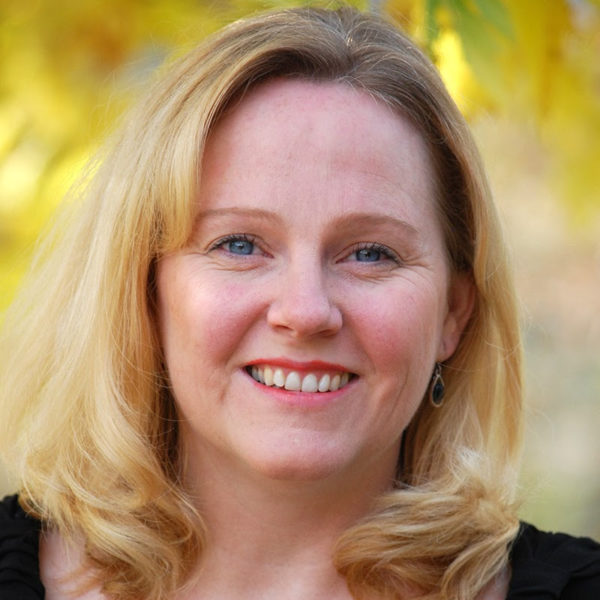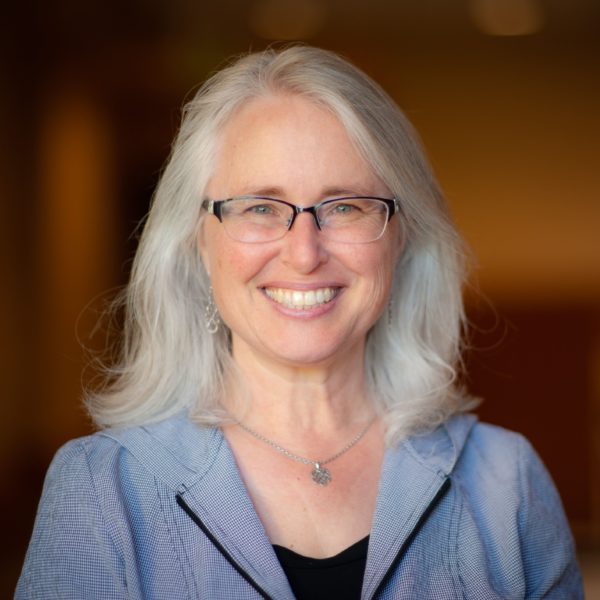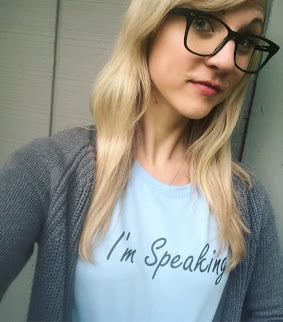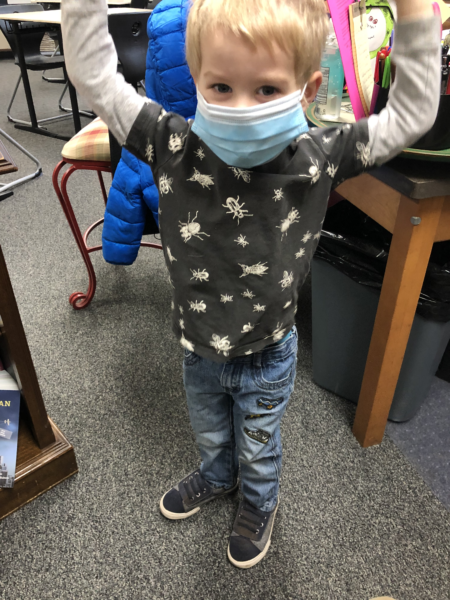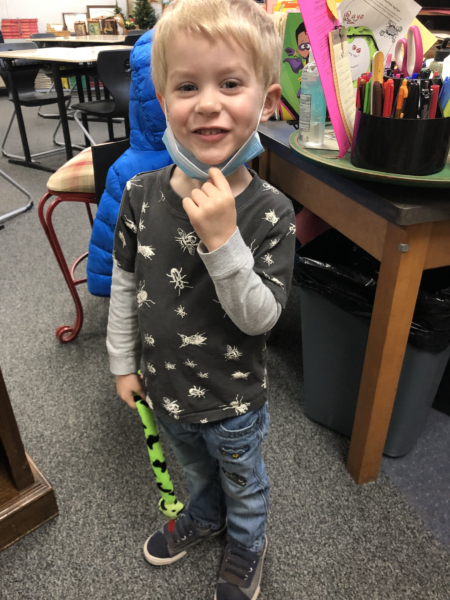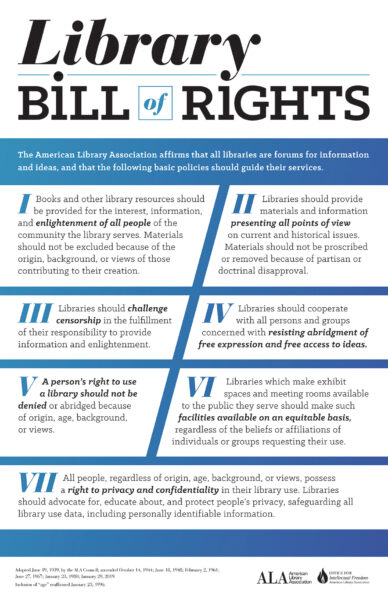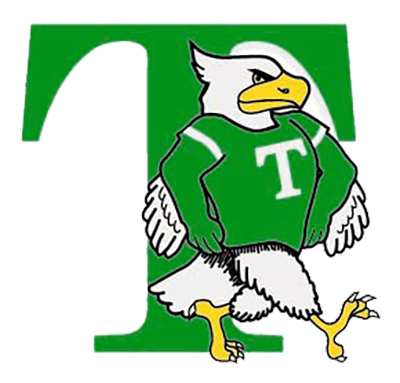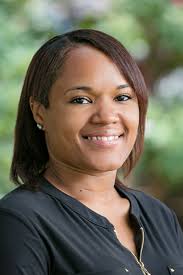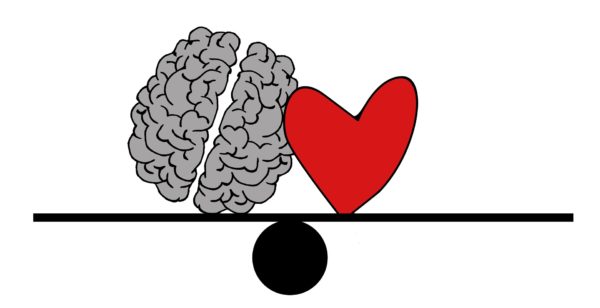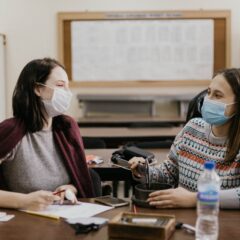I am retiring at the end of this year, and people keep asking me, “How have things changed?”
ONE
I can’t tell you how many systems of school-wide discipline I’ve trained in over the years. Yet student behavior seems to get worse. Students tearing things off the walls. Throwing tantrums. Screaming. Assaulting other students—and staff. Running away from adults, from classrooms, from school.
Recently I walked by a student trampling in the garden area by the office. I pointed out the sign telling people to stay out of the area and asked him to move to the sidewalk. He looked up at me and said, “I don’t know who you are.”
I said, “I’m Mrs. Kragen. I teach fourth and fifth grade here.”
He shrugged and said, “You aren’t my teacher” and went back to romping through the greenery.
It used to be that any adult—teacher, para, substitute, parent volunteer—could tell a child what to do, and the expectation was that the child would mind. Now children think the only adults they need to pay any attention to are the ones they know. The ones that have established a relationship with them.
I see it at home too. I told a neighbor child not to throw rocks at other kids. The father showed up at my doorstep later. He told me not to tell his child how to behave. I said, “But your child was throwing rocks at someone else!” He said, “Tell me what he did. I will deal with it.”
At the same time, everyone says, “It takes a village to raise a child.” That always makes me laugh. When my husband studied at Syracuse, we knew international students from Africa. They told us that, in Africa, the saying means that any adult has the right—actually, the responsibility—to rebuke and discipline any child.
At Johns Hopkins summer programs for gifted youth, everyone wears an identity card on a lanyard. Staff lanyards are blue, and students are red.
As I explained to a child who had gotten into trouble, “See this lanyard? Mine is blue. It means I get to tell you what to do.”
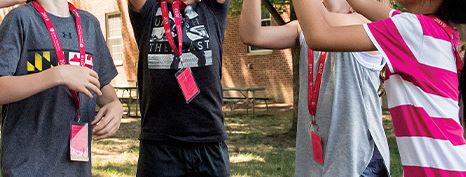
I think having a system like that at school would be a great idea.
